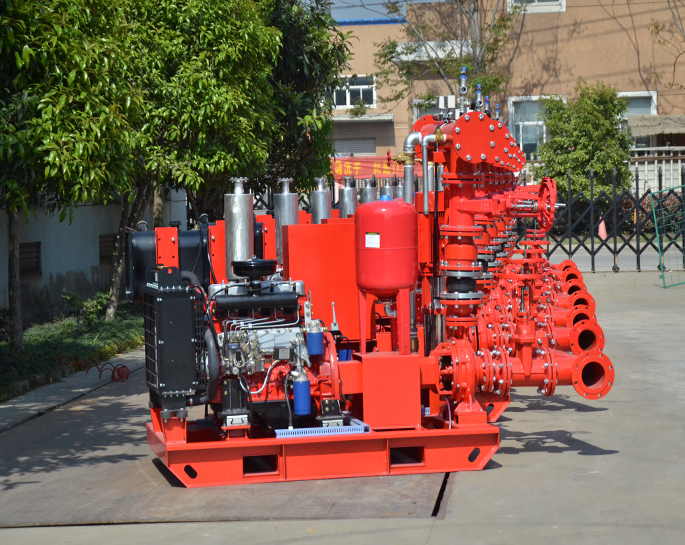What inspections are performed before starting the fire pump?
Performing thorough inspections before starting a fire pump is crucial to ensure its proper functioning during emergencies. Here are the key inspections that are typically performed:
-
Visual Inspection:
- Check for any obvious signs of damage, leaks, or unusual conditions.
- Inspect the pump and its components for corrosion, rust, or other visible issues.
-
Control Panel Inspection:
- Verify that the fire pump control panel is in good condition.
- Check for any fault indicators or error messages on the control panel.
- Confirm that all switches and indicators are labeled and functional.
-
Power Supply:
- Ensure that the power supply to the fire pump is connected and stable.
- Check electrical connections for signs of damage or overheating.
-
Valve Operation:
- Inspect the status of all valves in the fire pump system, including suction and discharge valves.
- Ensure that all valves are in the correct position for normal pump operation.
-
Intake Strainer:
- Check and clean the intake strainer to ensure it is free of debris and not clogged.
- If necessary, replace the strainer according to the manufacturer's recommendations.
-
Suction Piping:
- Inspect the suction piping for any blockages, leaks, or damage.
- Verify that the piping is properly supported and aligned.
-
Discharge Piping:
- Inspect the discharge piping for leaks, corrosion, or damage.
- Confirm that the piping is properly supported and aligned.
-
Couplings and Alignment:
- Check the alignment of the pump and motor using appropriate measuring tools.
- Inspect couplings for any signs of wear or misalignment.
-
Mechanical Seal and Packing:
- If applicable, inspect mechanical seals for leaks or damage.
- Check packing glands for proper adjustment and leaks.
-
Bearing Lubrication:
- Verify that bearings are properly lubricated according to the manufacturer's recommendations.
- Check for any signs of excessive wear or damage.
-
Impeller and Wear Ring:
- Inspect the impeller and wear ring for any signs of damage or wear.
- Ensure that the impeller rotates freely without obstruction.
-
Motor Inspection:
- Check the motor for any visible signs of damage or overheating.
- Verify that the motor is properly sized for the pump.
-
Cavitation Inspection:
- Inspect for signs of cavitation damage, such as erosion or pitting on impeller blades.
- Address any cavitation-related issues to prevent further damage.
-
Pressure Gauge Calibration:
- Calibrate pressure gauges to ensure accurate pressure readings.
-
Documentation Check:
- Review the pump's documentation, including maintenance records and previous inspection reports.
- Ensure that all required documentation, including manuals and emergency procedures, is readily accessible.
-
Water Supply:
- Confirm that an adequate and reliable water supply is available for the fire pump.
-
Testing:
- Conduct a full system test, including running the pump to ensure proper water flow and pressure.
Remember to follow the manufacturer's guidelines and recommendations for inspections and maintenance. Regular and thorough inspections contribute to the reliability of the fire pump system and enhance its effectiveness during emergencies. If you are unsure about any aspect of the inspection, consult with qualified professionals with experience in fire pump systems.







